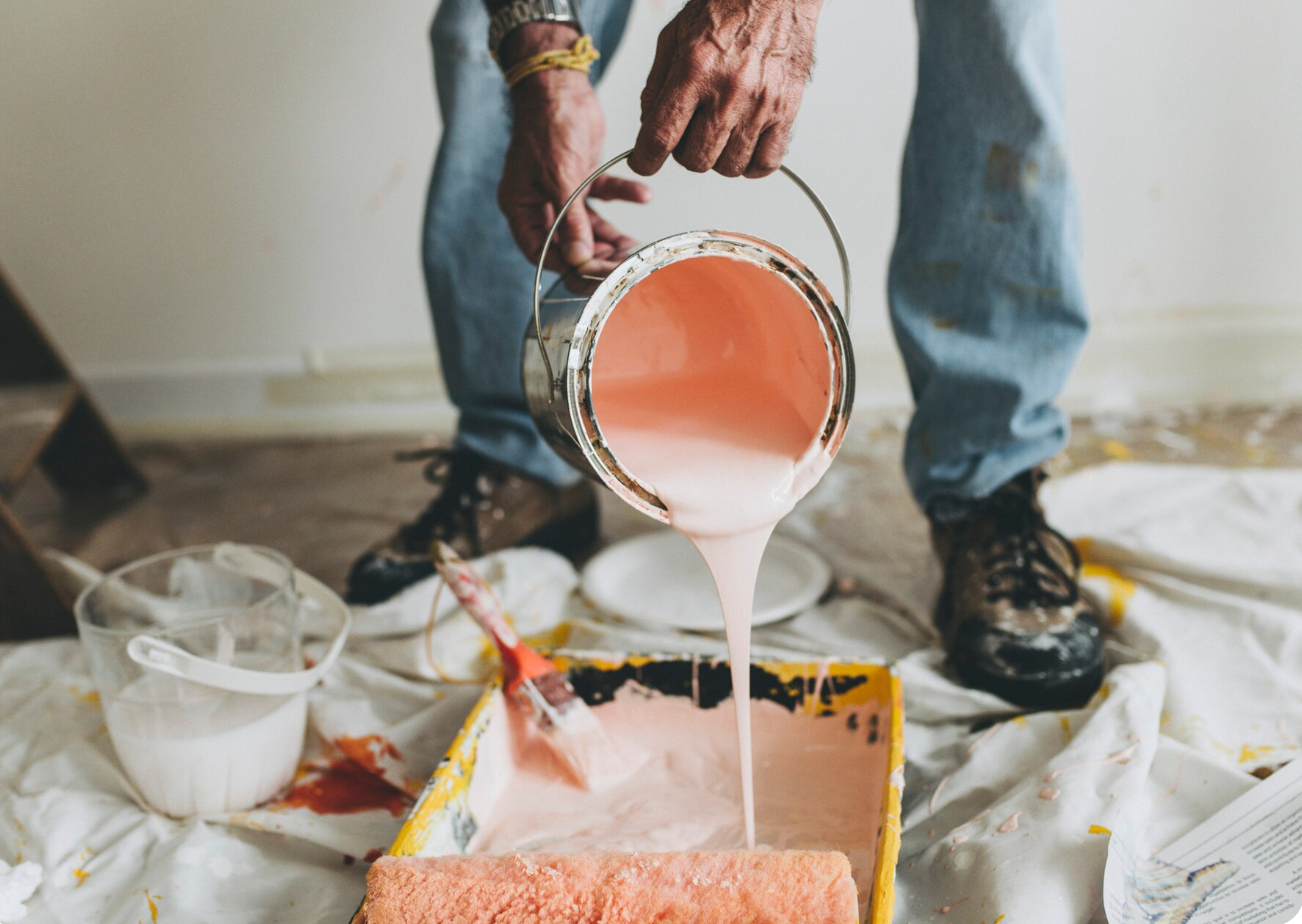
Thinking about giving your home a fresh coat of paint? You're probably weighing two options: grabbing some brushes and doing it yourself, or hiring professional Painters Thornton CO to handle the job. Both choices have their own set of pros, cons, and costs that go beyond just the price tag of paint.
Let's dive into the real costs of DIY painting versus hiring professionals.
By the end, you'll have a clear picture of which option might save you more money (and headaches) in the long run.
When you choose to paint your home yourself, you're signing up for more than just a weekend project. Here's what you need to consider:
The basic supplies for a DIY paint job include:
For an average bedroom (about 12×12 feet), you'll need 1-2 gallons of paint for two coats. A typical 2,000-square-foot home interior might require 8-15 gallons of paint, putting your materials cost between $400-$900 or more.
According to HomeAdvisor, the average DIYer spends about $200-$300 on tools and materials for a standard room, not including the paint itself.
DIY painting takes significant time, especially for beginners:
For a whole house interior, you're looking at 40-80 hours of actual work spread over multiple weekends or taking vacation time from work.
What many homeowners don't consider is the value of their time. If you earn $25 per hour at your job, spending 60 hours painting represents $1,500 worth of your time.
Experts from This Old House point out that DIY painters often make costly mistakes like:
DIY paint jobs typically last 3-5 years before needing touch-ups or repainting, compared to 7-10 years for professional jobs.
Sarah and Mike decided to paint their entire 2,000-square-foot home themselves. Here's what they spent:
Total monetary cost: $1,175 Time investment: 65 hours Project duration: 4 weekends
Professional painting services come with a higher upfront price, but include several advantages that might save money over time.
According to Forbes Home, professional painters typically charge:
This price generally includes:
Most professional painting companies offer 2-3 year warranties on their work, with premium services offering up to 5-7 years of coverage.
A professional team of 2-3 painters can typically complete an entire house interior in 2-5 days, depending on the size and complexity.
For busy homeowners, this means:
The benefits of hiring professionals extend beyond convenience:
Research from the National Association of the Remodeling Industry shows that professional paint jobs last 50-100% longer than DIY jobs when done with premium materials.
John and Lisa hired professionals for their 2,000-square-foot home:
Total monetary cost: $2,800 Time investment: 2 hours Project duration: 3 days
To truly understand which option saves more money in the long run, we need to look at the lifetime cost of each approach.
While professional painting costs more upfront, the quality and longevity mean you'll paint less frequently. Much like how maintaining your finances (including working with credit repair companies when necessary) can save money in the long run, investing in quality home improvements often pays off over time.
Your specific situation might make either DIY or professional painting more cost-effective:
According to Zillow research, a professional exterior paint job can yield a 152% return on investment when selling your home, while interior painting typically returns 107% of the project cost.
Consider these questions when deciding between DIY and professional painting:
If you choose DIY:
If you hire professionals:
For most homeowners, the DIY approach saves money upfront but costs more in time and potential frustration. Professional painting costs more initially but saves time and typically delivers longer-lasting results.
If you value your time highly, lack experience, or need quality results quickly, professional painting often proves to be the better investment. If you enjoy hands-on projects, have the necessary skills, and aren't in a rush, DIY painting can be rewarding and more economical.
Like many home improvement decisions, the best choice depends on your specific circumstances, budget, and priorities. Just as you'd carefully consider options when managing other aspects of your financial life, from mortgage decisions to working with credit repair companies when needed, weighing all factors beyond just the immediate price tag will lead to the most satisfying outcome.
Whatever you decide, a fresh coat of paint remains one of the most effective ways to transform your living space and increase your home's value, whether you're wielding the brush or hiring someone else to do it for you.